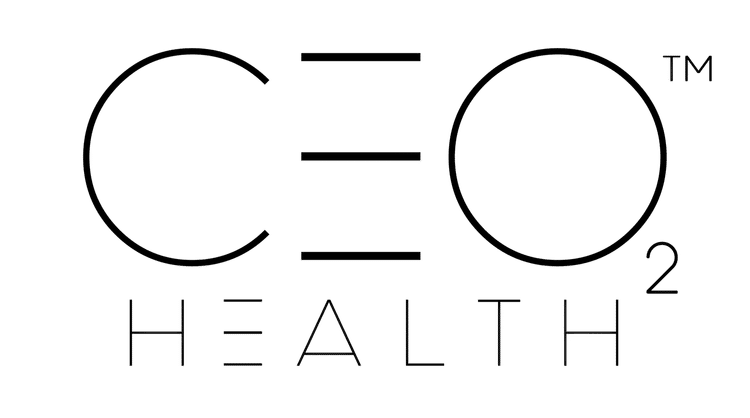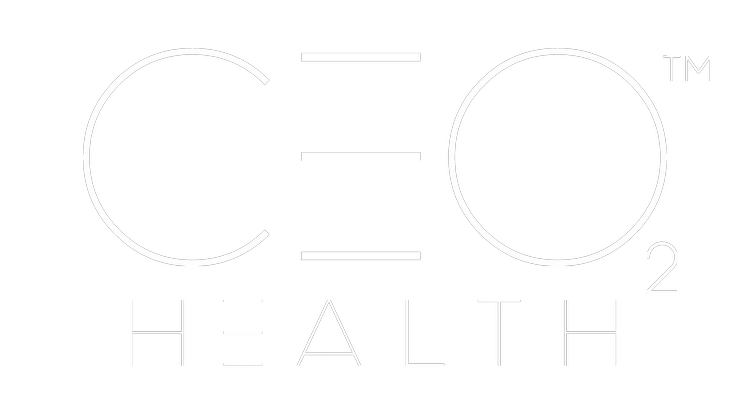Red Light Therapy has been highly regarded in the fields of health and medicine for its praised effects on skin health, fast muscle recovery, and even better sleep. Red Light Therapy is a non-invasive, therapeutic treatment that utilizes specific wavelengths of red light to improve skin health, reduce pain and inflammation, and enhance overall well-being. We are going to be discussing the pros, possible side effects, and practical uses of red light therapy in this comprehensive guide to help you decide if it’s right for you.
How Does Red Light Therapy Work?
It employs low-spectral red light to deeply infiltrate the skin and initiate cellular activity. On the other hand, UV light damages cells; hence, it is a very gentle and non-invasive type of light. That works through improving mitochondrial function, enhancing ATP production (the source of energy within cells), hence fostering the healing process, lessening inflammation, and generally improving the overall functions of the cells.
Some of the key applications of red light therapy in dermatology, sports medicine, and wellness centers are the enhancement of natural biological processes without side effects. Whatever your goal may be-recovery from an injury, rejuvenation of skin, or mental well-being-RLT is convenient and efficient.
The Difference Between Red Light Therapy and Other Light-Based Treatments
It is often confused with other light-based treatments. Here’s how it differs:
- Red Light Therapy (RLT)-a deep-penetrating treatment that helps stimulate tissue repair and regrowth;
- Blue Light Therapy-used mainly to treat acne and kill bacteria.
- Infrared Light Therapy-treatments that penetrate deeper than red light, used to help with pain and muscle recovery.
- UV Light Therapy: Utilized in dermatology for illnesses such as psoriasis, although it presents certain risks regarding skin damage.
Appreciating these differences will go a long way in helping you select the correct therapy for your needs.
Benefits of Red Light Therapy
Skin Health and Anti-Aging
One of the most well-known benefits of red light therapy includes its effect on skin health. RLT helps to:
- Boost collagen production, reducing the appearance of wrinkles and fine lines.
- Improve skin elasticity, giving you a firmer, more youthful look.
- Reduce acne and inflammation, making it great for those with sensitive or acne-prone skin.
- Fade scars and hyperpigmentation, helping even out skin tone over time.
- Hydrate and give a natural, glowing complexion.
Dermatologists often recommend red light therapy as a non-invasive alternative to Botox and chemical peels. Unlike harsh treatments, RLT stimulates natural healing without damaging the skin barrier.
Muscle Recovery and Pain Relief
Athletes and fitness enthusiasts use red light therapy to accelerate muscle recovery. It works by:
- Increasing blood circulation, which helps in the delivery of oxygen and nutrients to muscles;
- Reducing inflammation, which allows for faster recovery from workouts or injuries;
- easing chronic pain from conditions like arthritis or fibromyalgia;
- helping prevent muscle fatigue, allowing athletes to train longer without excessive soreness.
RLT in sports recovery is normally combined with some massage therapies and cryotherapy for complete healing.
Hair Growth and Scalp Health
Red light therapy may offer a non-invasive solution for hair loss. It works by:
– Stimulating blood flow to the scalp, nourishing hair follicles.
– Increasing keratin production, strengthening hair strands.
– Helping prevent hair thinning and shedding.
– Enhancing scalp hydration, reducing dandruff and dryness.
Many people combine RLT with topical treatments like minoxidil for better results. Clinical studies suggest that consistent RLT use may help slow male and female pattern baldness.
Improving Mental Health and Sleep with Red Light
The benefits of red light therapy are not limited to physical health but also contribute to mental well-being:
- Increasing melatonin secretion may help people manage sleep disorders.
- Lowering the symptoms of anxiety and depression, a good alternative to medicines.
- Improves brain activity for better cognitive performance and concentration.
- Reduces stress and relaxes the body after a tiring day.
Some wellness centers combine RLT with meditation practices to enhance the relaxation effects it produces.
Wound Healing and Tissue Repair
Many hospitals and medical clinics use red light therapy for wound treatment because it:
- Quickens the process of tissue repair, thus reducing healing time for cuts and burns.
- Reduces scarring, especially when applied early in the recovery process.
- Helps manage post-surgical recovery by reducing swelling and discomfort.
- Improves cell regeneration and is, therefore, ideal for patients after minor injuries or skin procedures such as microneedling.
Possible Side Effects of Red Light Therapy
Is Red Light Therapy Harmful?
There are no known side effects of red light therapy, and it is not harmful if applied appropriately. However, minor side effects of incorrect use may include the following:
- Mild skin irritation for those with very sensitive skin.
- Temporary eye discomfort in case of direct bright light exposure without protection.
- Overuse leading to diminishing returns, meaning excessive exposure won’t necessarily improve results.
To avoid irritation, always follow manufacturer guidelines on duration and intensity.
Who Should Avoid Red Light Therapy?
While RLT is safe for most people, certain individuals should consult a doctor before using it:
- Pregnant women, due to the limited research on its safety during pregnancy.
- Individuals with light sensitivity or photosensitive conditions.
- People taking medications that make them more sensitive to light, such as certain antibiotics or acne medications.
- Those prone to severe migraines, for which bright light can serve as a trigger.
Common Uses of Red Light Therapy
At-Home vs. Professional Red Light Therapy
Red light therapy is available both as professional clinic treatments and as at-home devices. Here’s what you need to know:
- Professional treatments are stronger and usually yield quicker results.
- At-home devices are convenient but require consistency over a long period of time for their benefits to become evident.
- Ensure the device you choose is FDA-approved for safety and effectiveness.
Combining Red Light Therapy with Other Wellness Treatments
To amplify the benefits of red light therapy, consider combining it with:
- Infrared sauna therapy – Increases blood flow and detoxification.
- Hyperbaric oxygen therapy – Increases cellular repair and oxygenation.
- Cold plunge therapy – Decreases inflammation while complementing RLT’s healing effects.
Ready to reap its benefits for yourself? Book an appointment now at CEO2 Health in Hollywood and undergo Red Light Therapy!

